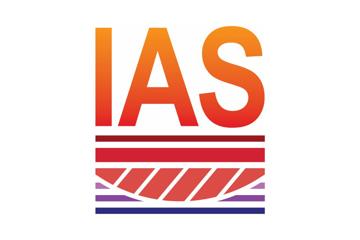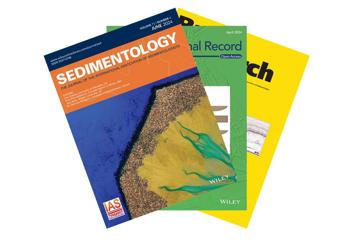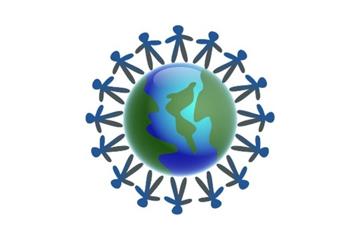The International Association of Sedimentologists (IAS) was founded at the International Geological Congress in Algiers on 11 September 1952. Sedimentology is the scientific discipline that is concerned with the physical and chemical properties of sedimentary rocks and the processes involved in their formation, including the origin, transportation and deposition of sediment in diverse environmental settings and the transformation of sediment into rock (lithification).
IAS in numbers

Full text views of Sedimentology papers in 2023

Current Members in 72 countries worldwide

Research Grants awarded in 2024
Organization of the IAS
The IAS is run by a Council of Management, with the support of a Council of Supervision, all of who are working professional sedimentologists. Its three journals have editorial boards consisting of Chief Editors and Associate Editors who are subject experts in their fields. Regional Correspondents are IAS members who volunteer to represent the IAS around the world.

Organization Members
Click here to meet the Council of Management who run the IAS on your behalf, and the Council of Supervision who advise them

Editors
Click here to see the Editorial Boards of Sedimentology, The Depositional Record, and Basin Research

Regional Correspondents
Regional correspondents inform and assist the IAS within their particular country or region
IAS Statutes (English)
The legal foundations, regulations and definitions under which the IAS operates as an International Non-Profit Organization. This is an English translation of the official Dutch language version.
IAS Statutes (Dutch)
The legal foundations, regulations and definitions under which the IAS operates as an International Non-Profit Organization. This is the official Dutch version.
IAS Standing Rules
The Standing Rules document provisions regarding the General Assembly, meetings of the Bureau, and meetings of the Council of Management and the Council of Supervision
EDIA Statement
The IAS is committed to treating all its members with dignity and respect, ensuring that they are valued and not subjected to any discrimination in IAS-related events and activities
Code of Conduct
Summarising the core values and ethical behaviours that underpin all of the IAS’s activities



